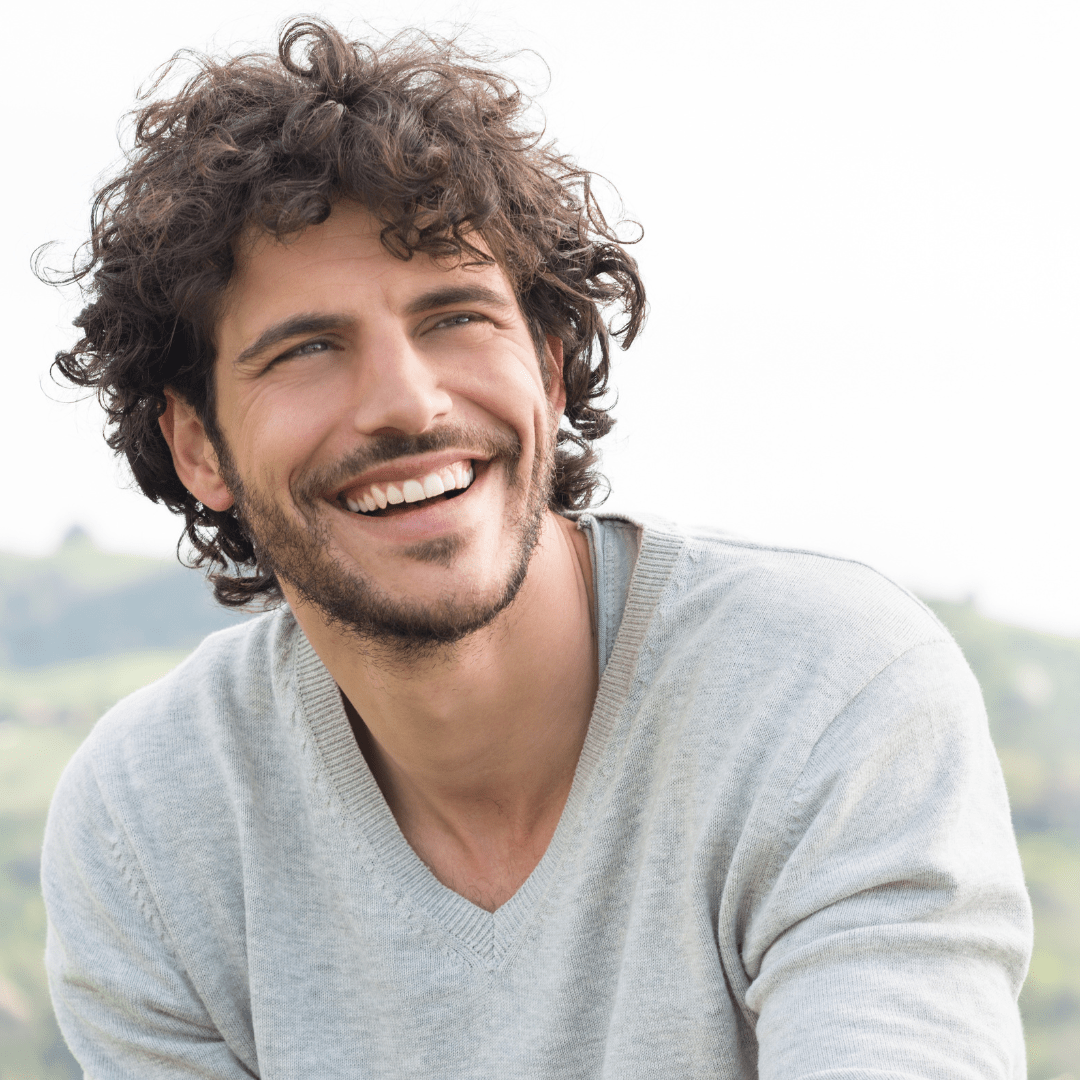Sono-Photodynamic Therapy (SPDT)
Research has shown that sono-photodynamic therapy promotes apoptosis (programmed cell death) in cancer cells, while also acting to oppose metastasis.
Research on Sono-Photodynamic Therapy (SPDT)
Sono-photodynamic therapy, or SPDT, combines sound (sono) and light (photo) to target cancer cells. Sono-photodynamic therapy arose out of research into sonodynamic therapy and photodynamic therapy. Both therapies have independently shown an ability to kill cancer, and since both require the use of a sensitizing agent, the thought arose that the two therapies could be combined into one treatment. The key is to use a sensitizing agent which makes the cancer cells sensitive to both sound and light application.

Sono-Photodynamic Therapy in Use
The SPDT procedure entails first administering a sensitizing agent, which is uniquely taken up by cancer cells but not healthy cells. This sensitizing agent makes cancer cells susceptible to specific frequencies of therapeutic ultrasound and precise wavelengths of light. It is very important to use the proper sensitizing agent, as well as the correct type of ultrasound and light applications.
The sensitizing agent we use is given intravenously, and remains inside cancer cells for a period of up to two weeks. During this time, the specific frequencies of therapeutic ultrasound and wavelengths of light are administered to take advantage of the susceptible cancer cells. The reactive oxygen species (ROS) generated are harmful to the cancer cells.
Each sono-photodynamic therapy session consists of the external application of a therapeutic ultrasound probe as well as several laser probes. These are applied over the skin in a patient-specific manner, tailored to the area(s) corresponding to each patient’s cancer involvement. The site of application can be the same each time, or it can be adjusted for each treatment.
We like the fact that sono-photodynamic therapy is an ablative treatment which uses no radiation, with the ability to target cancer cells while not harming nearby healthy tissue. Not surprisingly, it is generally a well-tolerated treatment.
